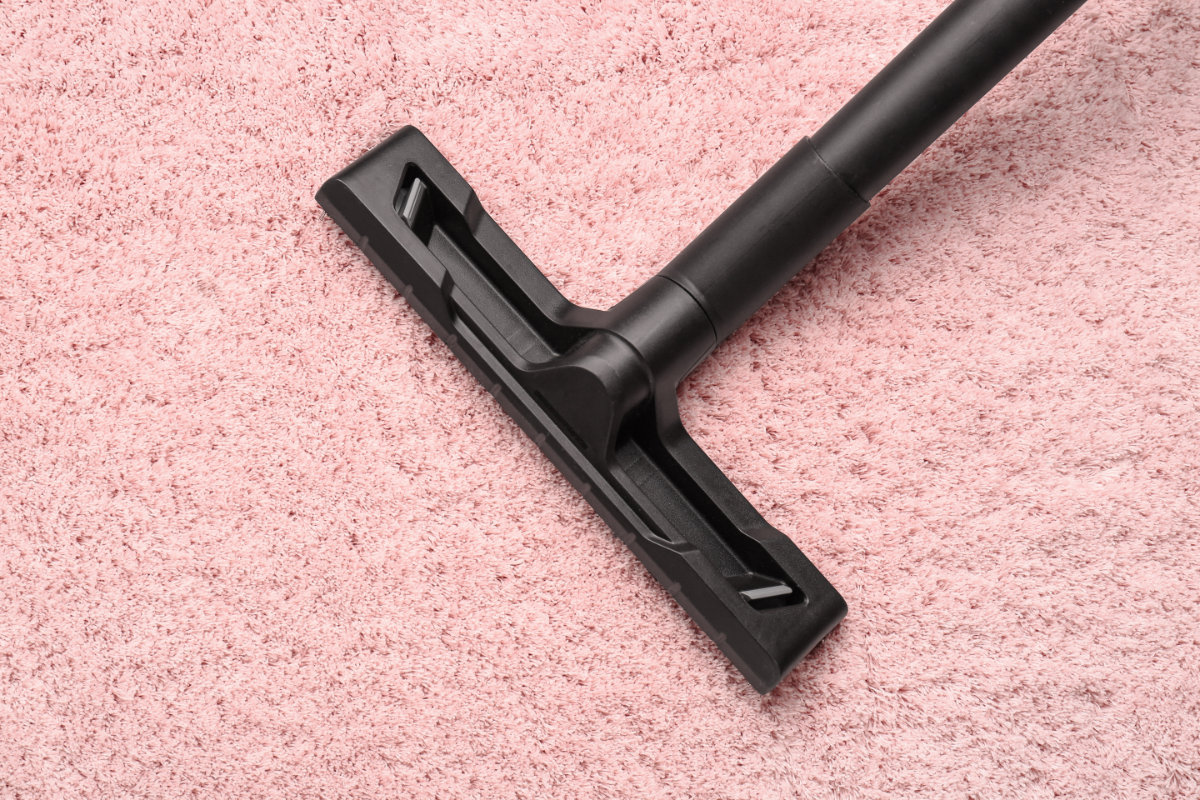In recent years, we have witnessed a worldwide upsurge in bedbug infestations, an alarming phenomenon exacerbated by their growing resistance to insecticides. This situation highlights the importance of understanding and adopting effective control strategies against these persistent pests (1). The aim of this article is to provide you with a comprehensive guide to the preventive and preparatory measures you need to take before starting a bed bug treatment. We will focus on rigorous methods for identifying infested areas, techniques for containing the spread of these pests and crucial steps to follow to effectively prepare the ground for subsequent treatment. The aim is to significantly increase the effectiveness of any treatment protocol you choose to apply.
The infestation of bed bugs in bedrooms, often hidden in narrow, inaccessible places such as headboards, mattresses, slats or crevices, is a growing problem. To combat these hard-to-detect young insects effectively, prevention and elimination methods are being put in place, combining approaches such as the use of diatomaceous earth, specific chemical products and natural methods such as essential oils. These strategies aim to eliminate bedbugs completely, while minimising the use of aggressive chemicals.
Identifying infested areas
Accurate identification of areas infested by bed bugs is not only essential for assessing the extent of the infestation, but also for implementing an effective treatment strategy. In this section, we will discuss in detail identification methods and the specific signs to look for to detect the presence of these parasites.
Identification methods
The first step in managing a bedbug infestation is to accurately identify the affected areas. You can choose between two main routes: manual inspection or professional inspection.
For a manual inspection, equip yourself with a high-intensity torch and a magnifying glass. Take a close look at risk areas, including but not limited to mattress seams, furniture gaps, skirting boards and wall nooks and crannies. A magnifying glass will help you detect eggs and nymphs, which are generally harder to spot.
Alternatively, a professional inspection can be more reliable and quicker. Some pest control companies employ dogs specially trained to detect bedbugs. These dogs are often more effective at locating infestations at an early stage.
Signs of bedbugs
In fact, a number of visual signs can indicate the presence of bed bugs. Dark stains on mattresses and sheets, which are the excrement of bedbugs, are often the first clues. What’s more, bedbug eggs are generally pale yellow in colour and around 1 mm in diameter.
Adult bed bugs are reddish-brown and about 5 to 7 mm long. If you find bed bugs, place them in an airtight container containing rubbing alcohol. Then take the container to a professional for more accurate identification.
Other signs may include traces of blood on the sheets and skin bites, which are usually red and clustered.
Containing the infestation
In this section, we’ll look at the techniques needed to effectively contain a bed bug infestation.
Using a hoover
Vacuuming is an effective tool in the initial containment of bed bugs. Carefully vacuum all potentially infested surfaces, including furniture, carpets and electronic appliances. After vacuuming, seal the contents in a plastic bag and dispose of in accordance with local waste guidelines.
Seal affected objects
All fabric items, such as clothing and bed linen, that are likely to be infested should be sealed in plastic bags until they can be heat-treated. This involves washing these items at a temperature of at least 46.11°C and drying them at maximum heat for at least 30 minutes.
Preparation for treatment
Preparing for bed bug treatment is a step that shouldn’t be overlooked, as it has a direct impact on the effectiveness of the control methods you choose later on. There are two essential components to this preparatory phase: preliminary cleaning and eliminating potential hiding places.
Preliminary cleaning
To begin with, preliminary cleaning is the first crucial step in preparing for bed bug treatment. The aim is to minimise the number of bedbugs and remove any debris that could hamper the treatment. Use a hoover fitted with a HEPA filter to thoroughly clean mattresses, box springs, carpets and every nook and cranny in the room. After cleaning, it is advisable to seal and dispose of the hoover bag properly to prevent re-infestation.
Eliminating hiding places
Bed bugs are notorious for their ability to hide in small, cluttered spaces. Eliminating potential hiding places is therefore a strategic move. Make a rigorous sorting of your belongings, eliminating or putting away items such as stacks of books, unused clothes and storage boxes. Not only will this make it easier to access the areas to be treated, it will also reduce the number of hiding places available to bedbugs. Once the clutter has been removed, you’ll be able to locate and treat the infestation more easily.
Non-chemical techniques for treating bed bugs
Before exploring the various methods of bedbug treatment, it’s essential to stress the importance of the non-chemical approaches recommended by the French Health and Safety Agency (Anses). Faced with the growing resistance of bedbugs to traditional insecticides, the Anses is highlighting techniques such as dry heat treatment or freezing. These methods are proving particularly effective: dry heat, applied using professional equipment or steam cleaners, can reach temperatures of up to 180°C, effectively eliminating bedbugs. In addition, freezing at -20°C for at least 2 hours is a safe way of treating small objects and non-washable laundry. These non-chemical methods are not only environmentally friendly, they also offer a safe and effective alternative to increasingly resistant pests.
Heat and cold
Bed bugs are vulnerable to extreme temperature variations. Exposure to heat of at least 46.11°C for at least 20 minutes can effectively eliminate bedbugs at all stages of their life cycle, including eggs. This method is often used in the form of professional heat treatments, where specialist equipment is used to heat an entire room to the required temperature.
In contrast, freezing temperatures (below 0°C) can also be fatal for bed bugs, but the exposure time required is much longer, often up to several days. It’s important to note that all parts of the infested area must reach the target temperature to ensure complete eradication.
Using steam
Steam cleaning has proved to be a highly effective non-chemical method of eliminating bed bugs. In fact, professional steam cleaners can generate high-temperature steam capable of penetrating fabrics and nooks and crannies where bedbugs hide. This treatment is particularly suitable for mattresses, sofas, carpets and curtains. It is crucial to use a device capable of producing steam of at least 65°C to guarantee bedbug eradication.
Future assessment and prevention
After applying a treatment, whether chemical or non-chemical, vigilance remains essential to prevent any re-infestation by bed bugs. In this section, we detail the assessment and prevention methods to be considered for long-term bedbug risk management.
Regular checks
Finally, regular monitoring of previously infested areas is essential to ensure that treatment has been effective and that bed bugs have been completely eradicated. Use the same methods of identification as initially to carry out checks, including visual inspection and examination for signs of their presence such as dark spots or bites. Carry out these checks approximately every fortnight for at least two months after treatment to confirm complete eradication of the infestation.
Are new technologies effective against bed bugs?
Innovations such as CO2 detectors and thermal traps represent a significant advance in the fight against bed bugs. These modern methods, using CO2 signals to mimic human breathing, attract bedbugs to the devices, enabling effective detection and eradication. In addition, thermal traps, by replicating body heat, capture these pests with precision. This ecological and non-toxic approach, unlike chemical pesticides, is not only safer for the environment, but also for residents. These technologies are revolutionising the way bed bug infestations are managed, offering innovative solutions for effective pest control.
How can I avoid getting bed bugs?
In the proactive fight against bed bugs, special mattress covers and natural repellent sprays offer a double barrier of protection. Anti-bedbug mattress covers are designed with puncture-resistant materials, preventing bedbugs from infiltrating or escaping, and making it easier to detect them. At the same time, repellent sprays based on essential oils such as lavender or eucalyptus act like an olfactory shield, repelling these parasites while being harmless to humans and pets. This combination of non-toxic methods represents an ecological and effective strategy for preventing bed bug infestations.
Source:
- https://www.science-et-vie.com/nature-et-environnement/animaux/punaises-de-lit-quelles-mesures-efficaces-pour-lutter-contre-ces-insectes-115525.html
- https://pubmed.ncbi.nlm.nih.gov/37038684/
- https://academic.oup.com/jme/article-abstract/55/6/1648/5059960?redirectedFrom=fulltext&login=false







